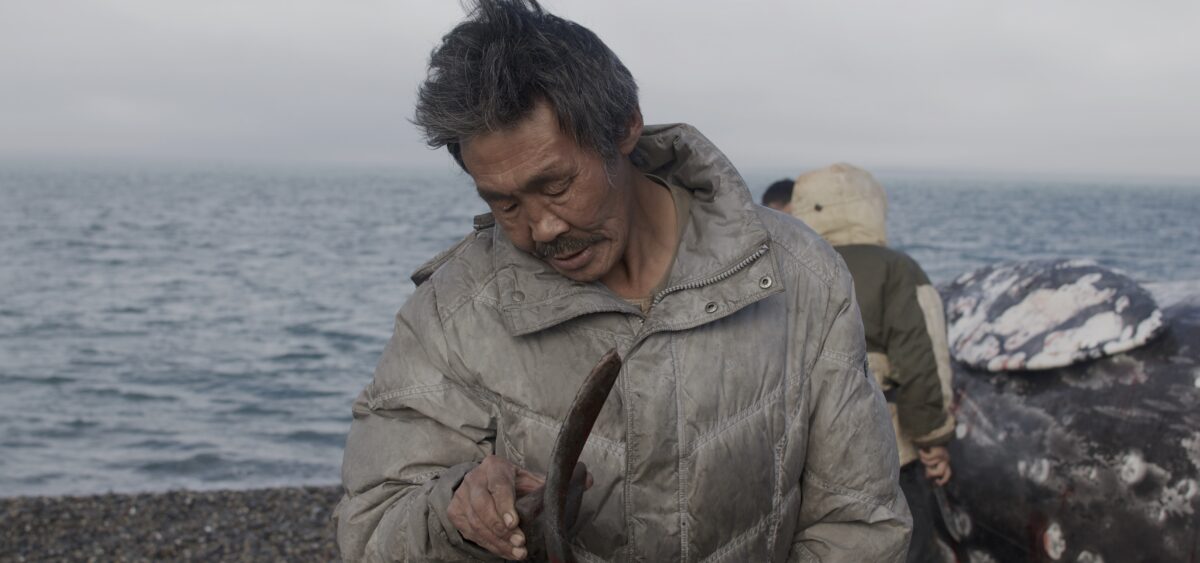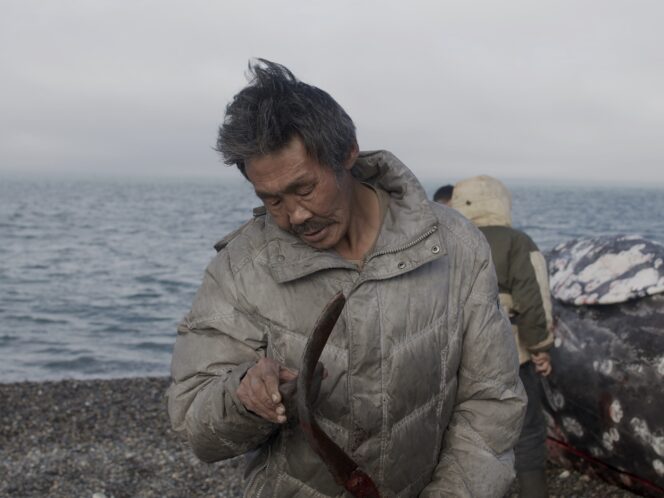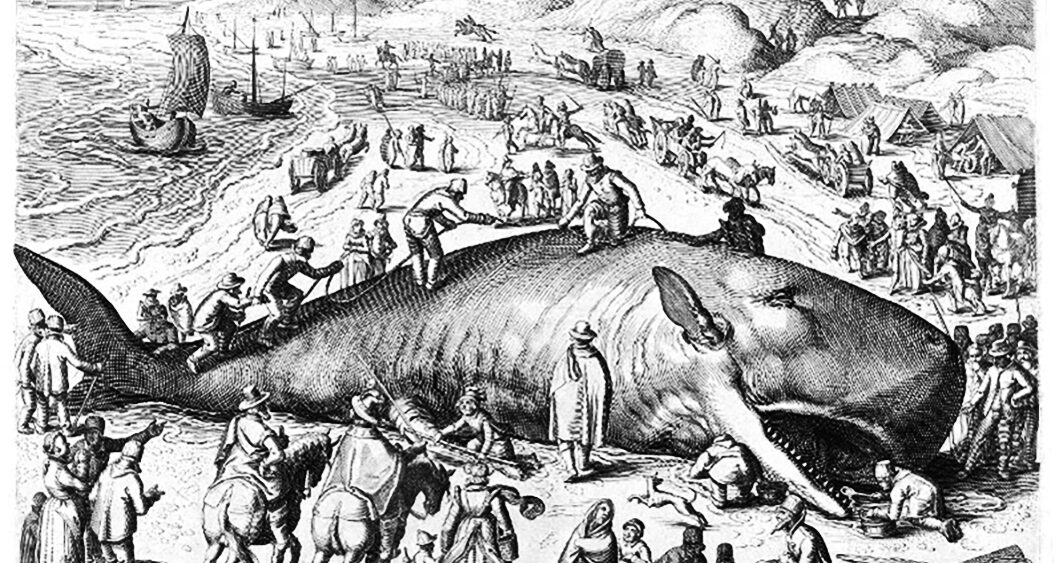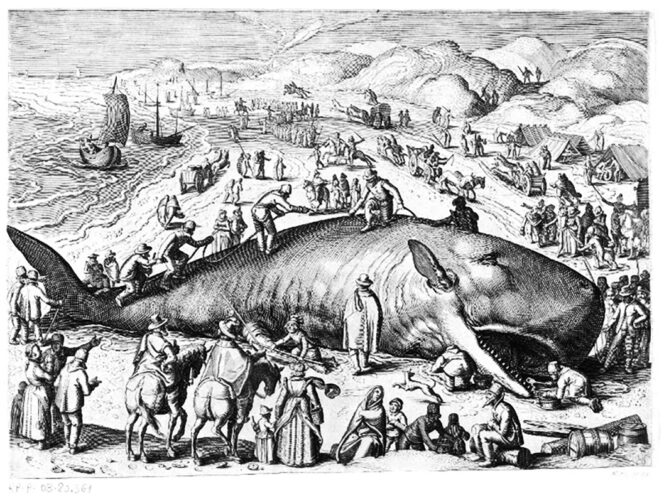
“Initially, whale hunting raised many ethical questions. After all, as a species they are at a higher risk of extinction than birds or land mammals. To cause them suffering is inhumane and incompatible with the idea of protecting the natural environment. However, I understood fairly quickly that in order to get closer to these people, one has to rid themselves of all prejudices and even personal beliefs and try to understand the Chukchi culture,” says Maciej Cuske, director of the documentary The Whale From Lorino, the result of his journey to the Chukchi Peninsula – a land at the end of the world.
Mateusz Demski: More than a decade ago, you travelled the route of the famous Moscow suburban train. More recently, you were drawn to Chukotka, the last republic of the former USSR and one of the most inaccessible and uninhabitable places on Earth, at the edge of the Bering Strait. You are clearly drawn to the East.
Maciej Cuske: I don’t know where I get it from, but I’ve always been fascinated by Russia. Not the polished Russia, Moscow or Saint Petersburg, but rather those regions and places that still remain unexplored and undiscovered. I appreciate the Russian borderlands, margins and frontiers that allow me to see this great country from the sidelines, a non-obvious position from which one can often see better. I managed to fulfil my dream of such a journey several times, but still, whenever I have the opportunity, I venture deeper into this weird, enigmatic land – I look for abandoned areas that travel agents tend to ignore.
When it comes to Chukotka, it all started with a few images. One day, about a decade ago, I found photos of a small, rural settlement at the edge of the sea. I saw extreme hardship; people living below the poverty line in wooden houses covered in snow, in 30 degrees sub-zero temperatures. These scenes tormented and haunted me. I wondered what might make people decide to live there? What does one do in a place like that? What does your average day look like








